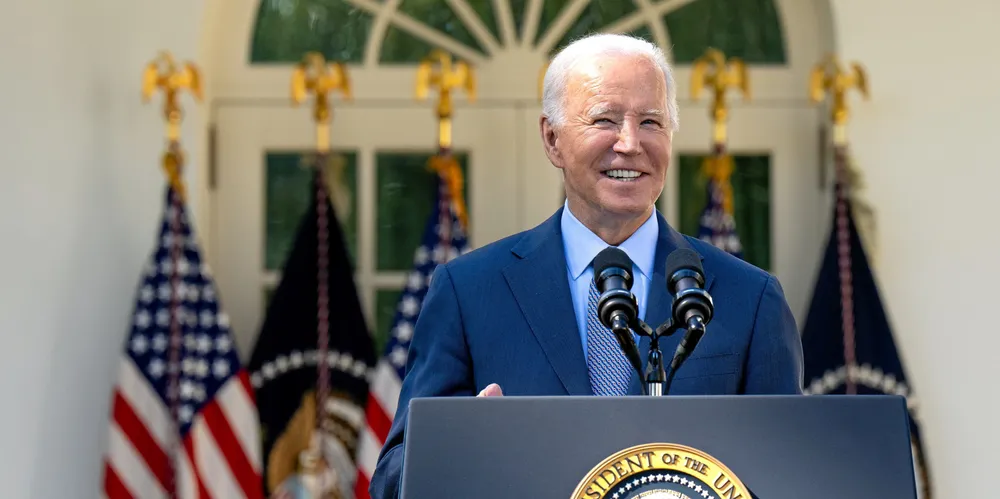US Treasury guidance expands offshore wind tax credits
Greater access to incentives key to driving investment and creating jobs in disadvantaged communities

The US Treasury Department and its tax collection arm, the Internal Revenue Service (IRS), issued guidance today (Friday) that expands offshore wind’s access to valuable tax credits in landmark climate legislation the Inflation Reduction Act (IRA) of 2022.
The IRA offers renewable energy projects 30% investment tax credits (ITC) assuming wage and labour requirements are met, with 10% adders each for meeting domestic content and energy communities qualifications.
Energy communities are census districts that have been negatively affected by fossil fuel extraction and power generation, but as the footprint of offshore wind is almost entirely at sea, most projects could not qualify under existing guidance that limited it to the location of the onshore substation.
The new guidance expands that by including operations and maintenance (O&M) ports or at least one point of interconnection in these communities to claim the bonus tax credit.
“The Biden Administration's announcement today is a big win for communities in the clean energy transition,” said American Clean Power Association CEO Jason Grumet. “This guidance will spur the growth of offshore wind by encouraging significant private sector investments and new jobs in historically disadvantaged communities.”
Lack of clarity around the ITC has been a major hurdle for the offshore wind industry and contributed to cancellation of eight projects over the past two years.
States with open tenders, including Connecticut, Massachusetts, and Rhode Island that have joined in a 6.8GW collective procurement, have urged the Biden administration to expand access to ITC adders.
“As our region solicits bids for the next round of offshore wind projects, this tax guidance represents a down payment on energy independence for the entire country and an investment in clean, affordable energy,” said Massachusetts governor Maura Healey.
“We look forward to receiving competitive bids next week and continuing to advance the offshore wind industry,” she added.
The IRS further stipulates that an offshore wind project’s Supervisory Control and Data Acquisition (SCADA) system also be located within an energy community. The SCADA system is the nerve centre for an offshore wind project and creates long-term high paying jobs throughout the 25+ year project life cycle, according to offshore energy trade group Oceantic Network.
“The eligibility expansion for the 10% energy communities credit creates an easier path to market for many offshore wind projects,” said Liz Burdock, Oceantic CEO.
“Crucially, it channels a greater portion of project funding into the development of ports, laying a robust foundation for supply chain advancement.”
Insufficient port and supply chain capacity is a key bottleneck that also constrains offshore wind projects’ ability to access the added domestic content ITC.
“Allowing the location of the onshore control centre to determine eligibility is a vital clarification that will significantly catalyse offshore wind development and help spur the economic revitalisation of America’s portside communities,” said industry advocate American Council on Renewable Energy CEO Ray Long.
Treasury further expanded the reach of tax credits by adding two more qualifications, one related to the existence of oil pipeline infrastructure, and another related to natural gas distribution.
(Copyright)